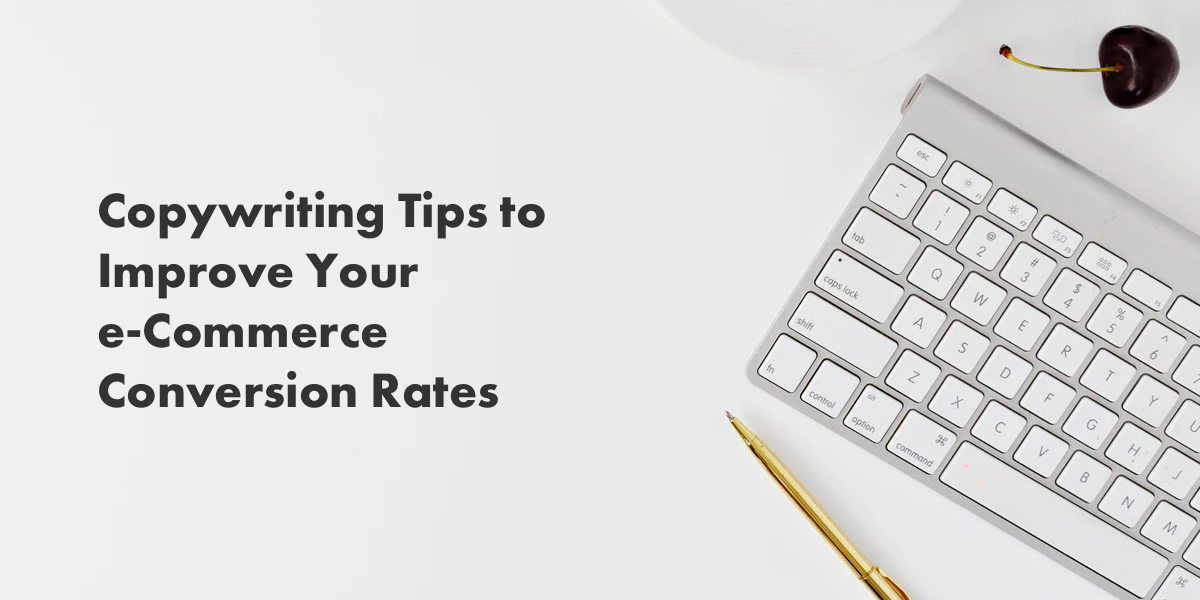

How many non-fiction books end up in the top 10? What genre do they belong to? What is the average price of a Kindle bestseller? What do their covers look like? How many reviews do they have? What is the average rating? What is the correlation between rating and current ranking? You want to get an intuitive feel for the market, what sells, what doesn’t. Browse through the top sellers, be generous with your clicks and read up as much as you can – user reviews, book descriptions, Amazon’s editorial reviews (if any). Your first order of the day should be to spend a few hours around the Amazon Kindle marketplace. This how-to post will look at general principles and lessons from real-world successes. The path to becoming a Kindle millionaire isn’t easy, but it’s possible to tilt the odds in your favor by following best practices. Coupled with high royalty rates (70% compared to 10-15% for traditional publishers), it is the perfect platform for a fledgling writer to make a living, and if fate agrees, even a fortune.

As a $100-billion-plus market cap e-commerce juggernaut, Amazon already has a substantial user base ( as per comScore, 282.2 million people visited in June 2011 – or roughly 20% of the total internet traffic).


Through the Kindle eReader and the Kindle eBook store, it has given indie authors a platform to get published and gather an audience. Nov 2013 pub date – 4HC – will surpass 50% by November 2013]Īmazon is at the forefront of this publishing revolution. [TIM: Here are my personal stats - the percentage of total sales from ebooks for each of my books, limited to their first year on-sale:Īpril 2007 pub date – original 4HWW – less than 1%ĭec 2009 pub date – revised and expanded 4HWW – approximately 21%ĭec 2010 pub date – 4HB – approximately 31% More than 20% of publishing giant Random House’s revenues last year were from digital sales. Kindle sales topped 1 million per week by the end of last year. The numbers don’t lie: Amazon now sells more eBooks than printed books. John Locke sold $2M worth of eBooks before landing a deal with Simon & Schuster.Īll this means that perhaps you don’t need a contract to validate you… now or in the future. Amanda Hocking became a self-publishing multi-millionaire with her teen supernatural thrillers before bagging a $2M publishing contract with St. Self-published authors are increasingly landing on the NYT bestseller list and hog a fair share of Amazon’s top-20 list. Even The 4-Hour Workweek was rejected 20+ times before it got an offer.īut conventional publishing isn’t the only game in town anymore. Writers spend years in the wilderness accumulating rejections before finding a single buyer (advances usually start at $1,000 to $10,000). Getting a publishing contract has long been the first litmus test of a writer’s success. The writing on the wall couldn’t be any clearer: the publishing world is changing fast. With roughly $300,000 in royalties per year, he already beat his publisher’s offer… Despite self-publishing his first story only two years ago, it appears he’s made the right decision. We asked Eisler for a current update, and he told us that this month (March 2013), he expects to sell 8,000 copies of his 10 self-published novels and stories, which are priced $1-5 each. “I know it’ll seem crazy to a lot of people, but based on what’s happening in the industry, and based on the kind of experience writers like you are having in self-publishing, I think I can do better in the long term on my own.” In a freewheeling discussion with self-publishing expert Joe Konrath, Eisler says: The surprise was that Eisler turned down the deal and decided to tackle self-publishing instead. Having conquered all that needs to be conquered in the world of commercial publishing, it shouldn’t come as a surprise that Eisler’s publisher offered him $500,000 deal for a new two-book deal. Readers love John Rain, so much so that they’ve landed Barry Eisler and seven of his John Rain books on the New York Times Bestseller list. John Rain is the consummate anti-hero, a whiskey swilling, jazz-loving former CIA agent battling crippling paranoia as he adventures around the globe. Enter Ryan Buckley and Teamīarry Eisler writes thrillers about a half-Japanese, half-American freelance assassin named John Rain. I have added my own tools and recommendations after “TIM” throughout the piece. This is a guest post by Ryan Buckley and the team at Scripted. Who will be the JK Rowling of self-publishing? Better still: who will be the legions who make an extra $1,000-$1,000,000 per year? (Photo: The Telegraph, UK)


 0 kommentar(er)
0 kommentar(er)
